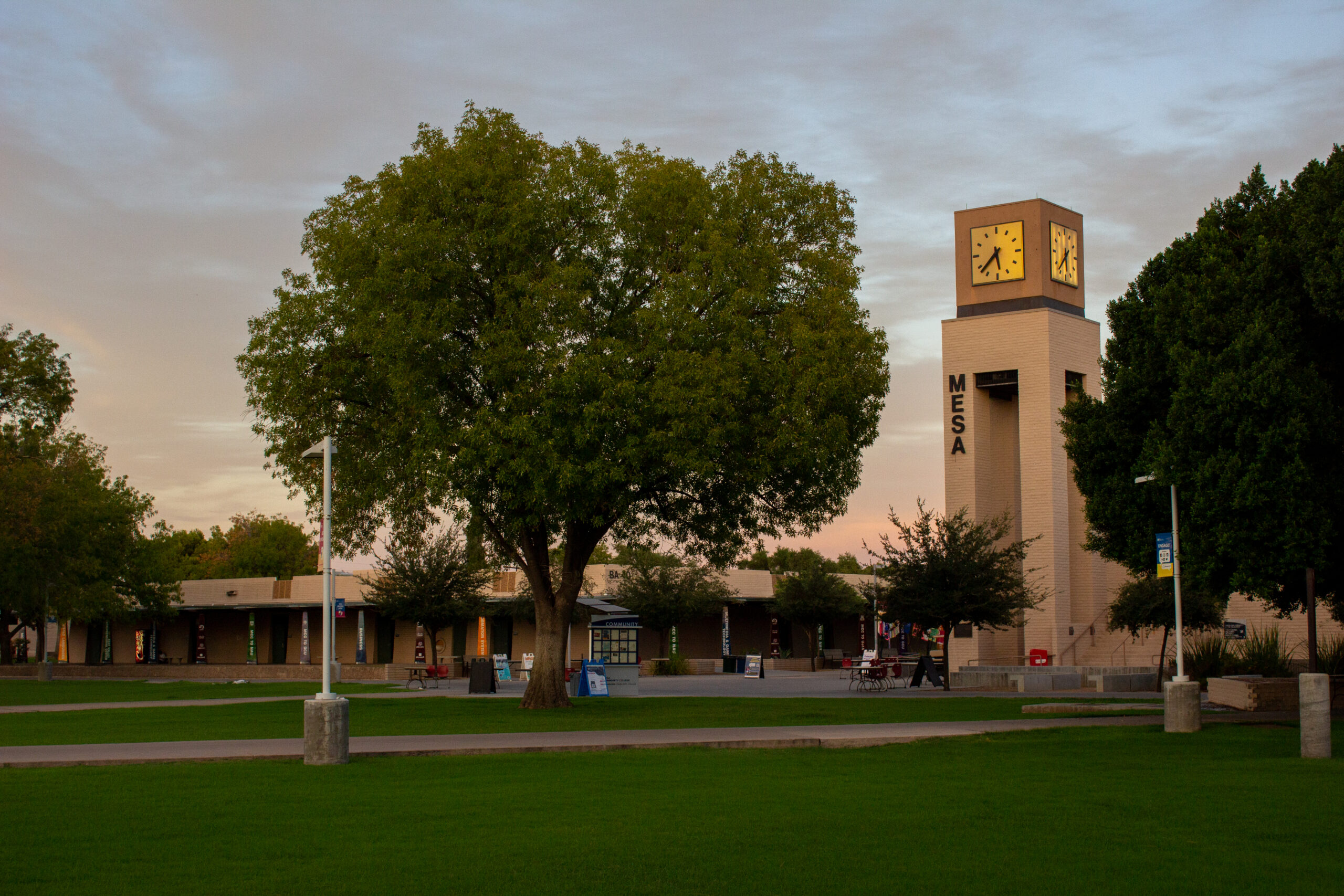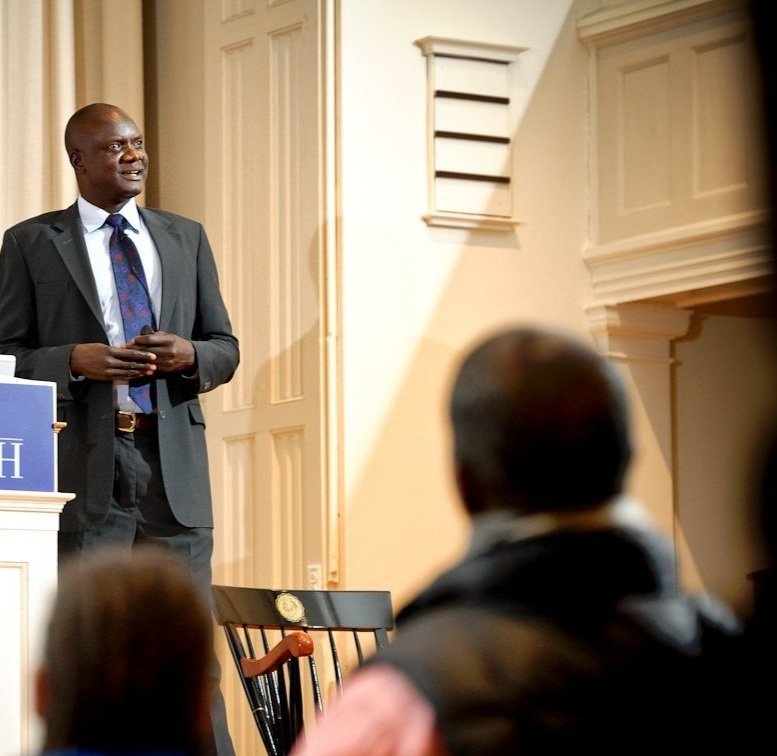Student loan debt causes concern
Lauren Cardosa
Mesa Legend
Student loan debt stands at $1.2 trillion, and the effects aren’t just in American pocket books, but also weighing heavily on the minds of those in debt and chasing away prospective students. In a study released by the Journal of Sociology and Social Welfare written by Min Zhan, the dramatic rise in college costs, over the past decade has pushed more and more students into seeking loans.
The tuition rates have risen beyond what families and part-time jobs could cover, according to the study, so taking out loans to cover the costs has become normalized. The deregulation of some financial markets has also allowed younger people to move in and try to take advantage of the choices there to try and fund their education with private loans which are far more restrictive in its payment options than a government loan would be.
Student loans are a large part of the money going into colleges now, with the average student in Arizona leaving college about $22,253 in debt according to a report released by The Institute for College Access and Success (TICAS). Arizona students are in the low end of student loan debt, New Mexico has the lowest amount of loan debt at $18,656. The highest amount of debt rests with students in New Hampshire with nearly double of what Arizona students owe, about $32,795. The national average as of 2013 is $28,400. Student loan debt has outpaced not just credit card debt, but is quickly catching up to the largest form of consumer debt; home mortgages.
The report by the Institute for College Success mentioned that those are only the rates for public and private universities, because for-profit colleges such as Fullsail or the now defunct Corinthian do not disclose the amount of debt that its students graduate with. But another report showed that despite the amount for-profit college students owed being unknown, the amount of students with debt is, and it stands at 88 percent versus the 75 percent for private universities and the 65 percent for public colleges.
The report also acknowledged its limitations with data, since barely more than half of public and private universities reported the student debt their graduates leave with on average. It called for all universities and colleges, public or not, for-profit or nonprofit, to disclose their graduates debt, saying that the problem is too important to leave to self-reporting.
“The size of the debt is over 1 trillion, our entire GDP is 16 trillion, think about that,” said economics instructor Gregory Pratt. Students leave both in heavy loan debt and with $7,000 in credit card debt, according to Pratt, which continues to follow the debtor until they pay it off or die. After which, the debt from the student loan will likely pass off to a spouse or close relative.
“Students select majors less on cost and more on other factors,” Pratt said, citing the students interest in a given subject being one and how much work would be done in class for it. “There’s nothing wrong with that, but there might be difficulties with it afterwards. There are only so many applications certain degrees can be put through.” “Student debt is really increasing though, because of college costs increasing faster today than most can keep up with,” said Pratt.
Attending college provides a noticeable increase in future income, graduates with at least a bachelor’s degree making $46,000 a year versus those who only completed high school earning $30,000, according to the Department of Education. But that possible $46,000 a year might not be enough to pay off a student loan, especially as the size of debt continues to increase.
“When students start to see that the payoff for attending college, or the return of their investment, isn’t good you’ll see less and less students making that choice,” explained instructor Debra Henney. “If there is a decrease in demand of education, it would normally put a downward pressure on prices,” she continued. “But a lot of public universities have a fixed set of costs because they’re funded by taxpayers. They can’t get rid of faculty or buildings to reduce costs, so the students end up absorbing it. So the students have to take out even bigger loans to take on those increased costs that less students brings in. Which means even more potential students won’t come. So it, the loans and debt, increases.”
Another study from Ohio State University called Debt and Graduation from American Universities pointed out that part of the problem of rising college tuition follows after cuts to government grants, passing on the costs to students again. Many borrowers and debtors are from middle to lower income families. The price of going to college while funded by loans is not just the money that isn’t made while in class, it’s the debt and how it affects the economy and people as a whole.
“Because of the debt, because so much money is owed there are going to be less savings in people’s accounts. There’s much less spending power. They will have less to invest in the economy, meaning less economic growth in the long term. Which means our economy will lag behind more now,” Henney said.
According to the TICAS report, seven in 10 college graduates are leaving in debt. Recent graduates are also dealing with a tougher and more competitive job market, with an unemployment rate of 7.8 percent. The National Center of Education Statistics has shown a dip in income for students with associate degrees in higher, with graduates in 2000 earning more than their fellows in 2012.
“Since the economic crunch of 2007, most graduates can’t find those higher paying jobs with which to pay off their debt,” Professor Peter Crane said. “But suicide is a leading cause of death, with it being the second leading cause in the 25-30 year old age bracket,” Crane said, “a time when many are graduating with bachelors or higher degrees and moving into the market.”
“Your first job anchors your pay for the rest of your life, so even if you have a great degree from a great place, if you graduate and can’t find a good job and end up with a low paying one that follows you throughout your life even when you leave that job for a new one. So it’ll make paying off that debt within ten or so years even more difficult.”
“These people, depressed and in debt start going into despair and have suicidal thoughts,” Crane said. “They begin to think ‘If I was dead, everything would be better for everyone’, that they won’t be a burden anymore.” “The only way we can solve this is to figure out an overall solution for the student debt problem, but this problem will only get worse before it gets better.”
Mesa Community College students have also expressed their apprehension and even fear about student loans and debt. Jeanne DeMayo, who plans to move into marketing, said she worried about it. “I worry that if I don’t get the career I’m studying for soon I won’t be able to pay it off and it’ll affect my daughter’s future. Will it follow her too when she goes to college?”
Nathan Cleveland another student spoke about his concern as well, “debt is dangerous. A lot of it seems to be set up against students. I know guys in their middle ages who are struggling to pay off the money they owe to the government and banks.” “It’s freaking ridiculous. It piles on more expenses that will never be paid and it’ll hurt us going to find jobs too,” another student, Kassandra Mia Nunez-Waller, said. “It’s aggravating, but it’s also scary,” Franchessqa Navarro said. “What if it affects what kind of job I get?”
“It’s not fair to us at all; it takes away our future and even our possible family’s future. I’m going into accounting but even though it’s a well-paying job I’m not sure how long it’ll take for me to pay it all off. Like how long will I need to put my life on hold to pay off all these loans? I don’t even get why college has to be so expensive, especially now when we need a more educated work force, you know?” said Megan Power. “It feels kind of hopeless, sometimes.”









